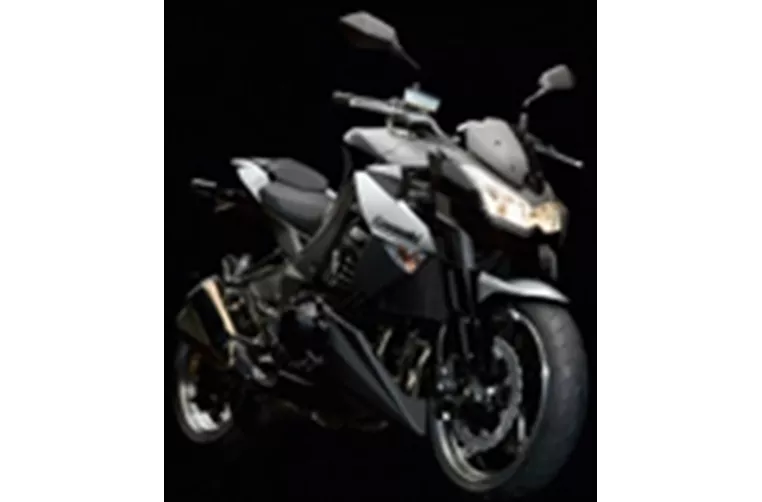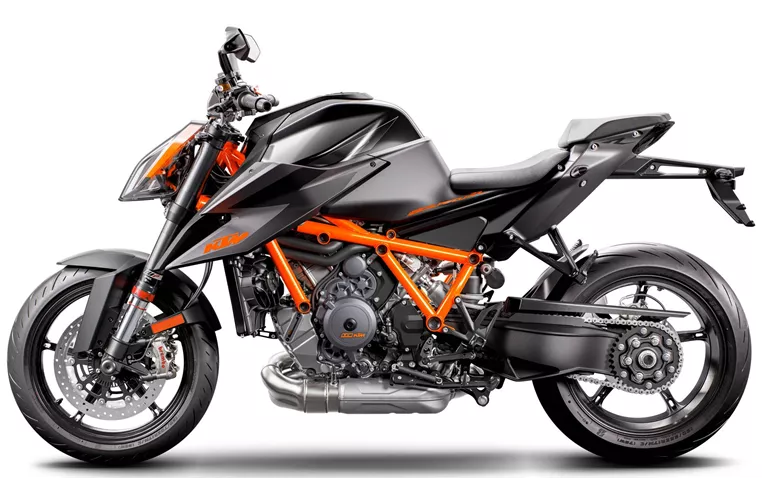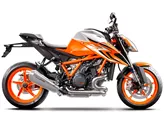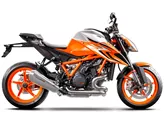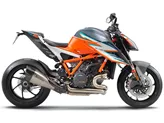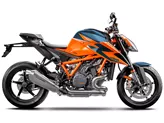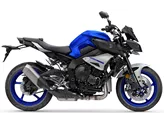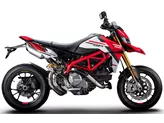Kawasaki Z1000 2010 vs. KTM 1290 Super Duke R 2020

Kawasaki Z1000 2010
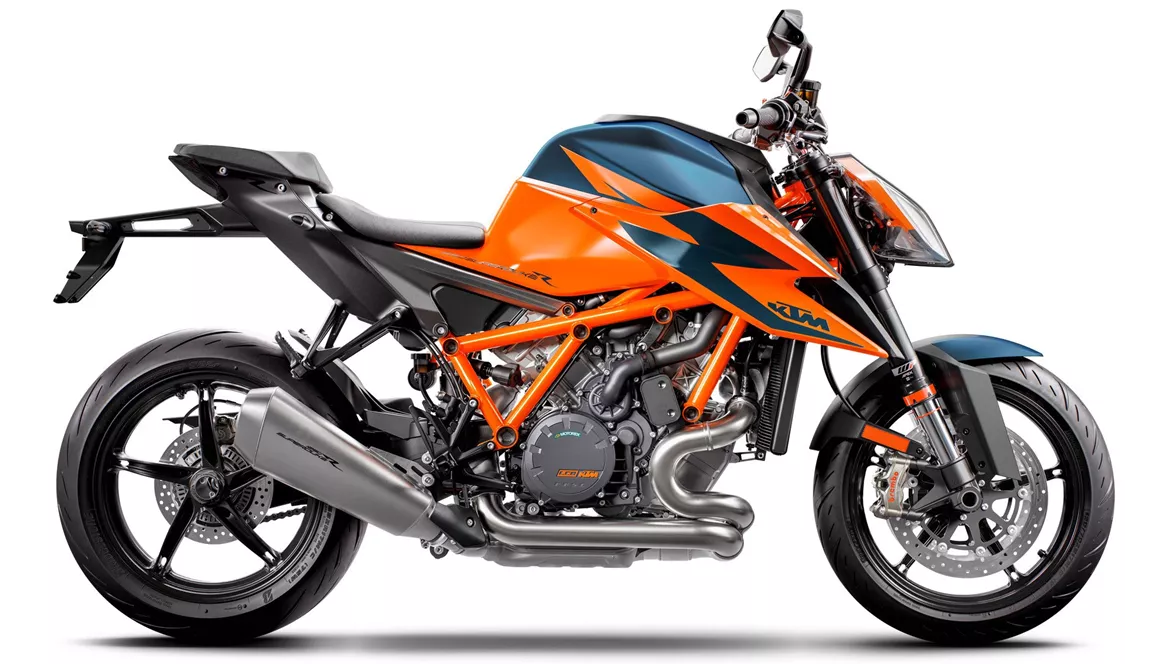
KTM 1290 Super Duke R 2020
Vue d’ensemble - Kawasaki Z1000 2010 vs KTM 1290 Super Duke R 2020
The Kawasaki Z1000 model year 2010 and the KTM 1290 Super Duke R model year 2020 are both naked bikes that offer powerful performance and a thrilling riding experience. However, there are several key differences between the two models.
In terms of engine power, the Kawasaki Z1000 2010 boasts 138 HP, while the KTM 1290 Super Duke R 2020 takes it up a notch with 180 HP. This significant increase in power gives the KTM an edge in terms of acceleration and top speed.
Another difference lies in the number of cylinders and displacement. The Kawasaki Z1000 2010 is equipped with a 4-cylinder engine with a displacement of 1043 ccm, whereas the KTM 1290 Super Duke R 2020 features a 2-cylinder engine with a displacement of 1301 ccm. This variation in cylinder configuration and displacement affects the overall performance and character of the bikes.

Kawasaki Z1000 2010
Both bikes feature upside-down telescopic forks for their front suspension, providing excellent handling and stability. However, the KTM 1290 Super Duke R 2020 comes with a new frame and seating position, offering improved ergonomics and a more comfortable riding experience.
In terms of braking, both bikes have double disk brakes with four pistons. However, the KTM 1290 Super Duke R 2020 utilizes monoblock technology for its front brakes, which provides enhanced braking performance and control compared to the radial petal brakes of the Kawasaki Z1000 2010.
When it comes to dimensions and weights, the KTM 1290 Super Duke R 2020 has a slightly larger wheelbase of 1497 mm compared to the 1440 mm of the Kawasaki Z1000 2010. Additionally, the KTM has a higher seat height of 835 mm compared to the 815 mm of the Kawasaki. Both bikes have similar front and rear tire widths, with the KTM having a slightly wider rear tire at 200 mm compared to the 190 mm of the Kawasaki.
In terms of fuel tank capacity, the KTM 1290 Super Duke R 2020 offers a slightly larger tank with a capacity of 16 liters, while the Kawasaki Z1000 2010 has a 15-liter tank.
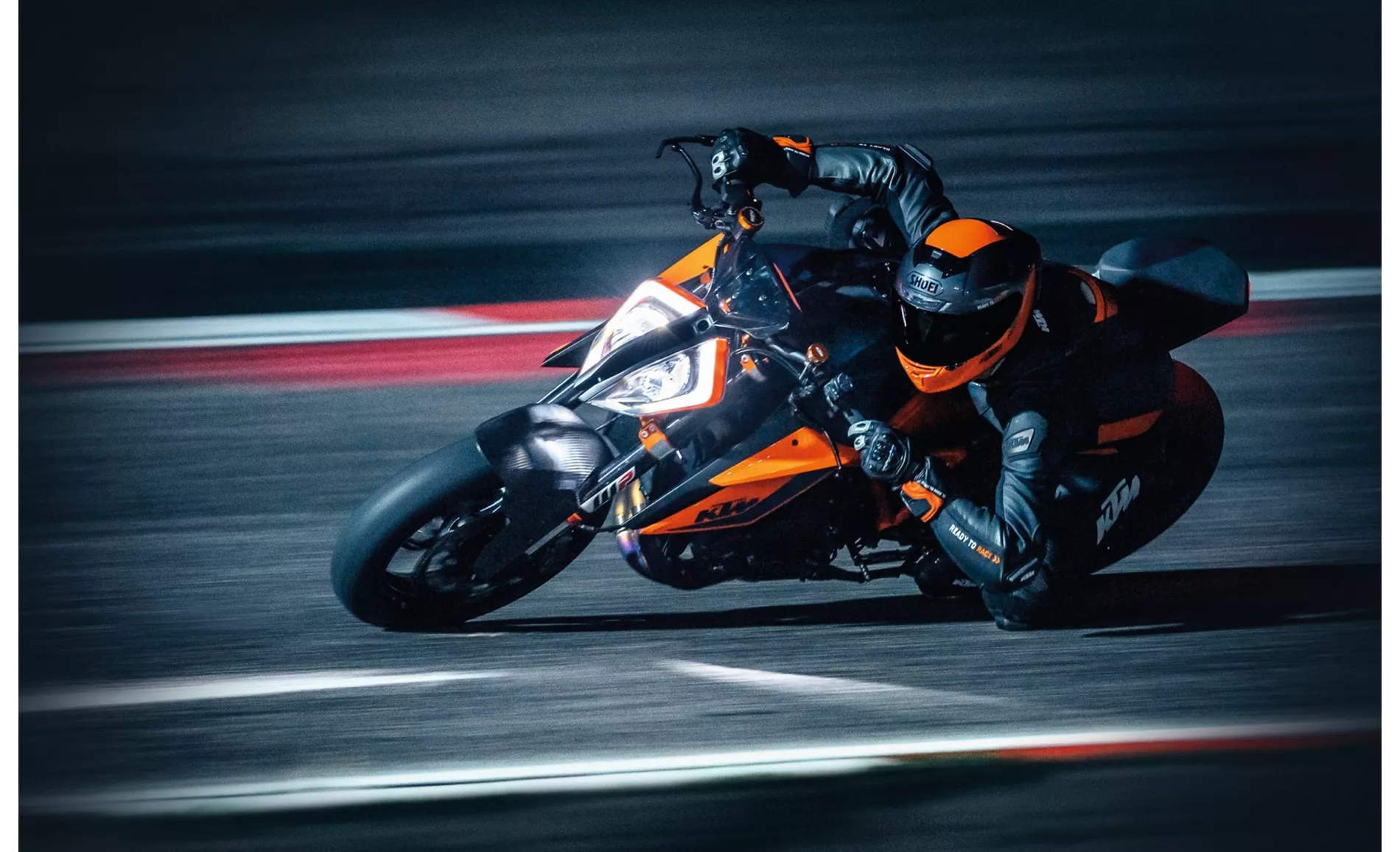
KTM 1290 Super Duke R 2020
In terms of strengths, the Kawasaki Z1000 2010 offers satisfaction in the saddle, plenty of power, and a sophisticated design. It also has tightly tuned suspension elements, providing a more direct handling experience. On the other hand, the KTM 1290 Super Duke R 2020 boasts a new frame and seating position, a better automatic gearshift, and powerful engine performance despite Euro 5 regulations. It also features sensitive electronics, enhancing the overall riding experience.
As for weaknesses, the Kawasaki Z1000 2010 has slightly suboptimal brake inputs, although they are still quite acceptable. The KTM 1290 Super Duke R 2020, on the other hand, has easily scratched plastic between the seat and tank, as well as brake squeaks at walking speed.
In conclusion, while both the Kawasaki Z1000 2010 and the KTM 1290 Super Duke R 2020 are impressive naked bikes, the KTM offers a more powerful engine, improved frame and seating position, and enhanced braking technology. However, the Kawasaki still holds its own with its satisfying power delivery, comfortable ride, and sleek design. Ultimately, the choice between the two will depend on individual preferences and priorities.
Caractéristiques techniques Kawasaki Z1000 2010 par rapport à KTM 1290 Super Duke R 2020
Avantages et inconvénients en comparaison
Avantages et inconvénients en comparaison
Kawasaki Z1000 2010
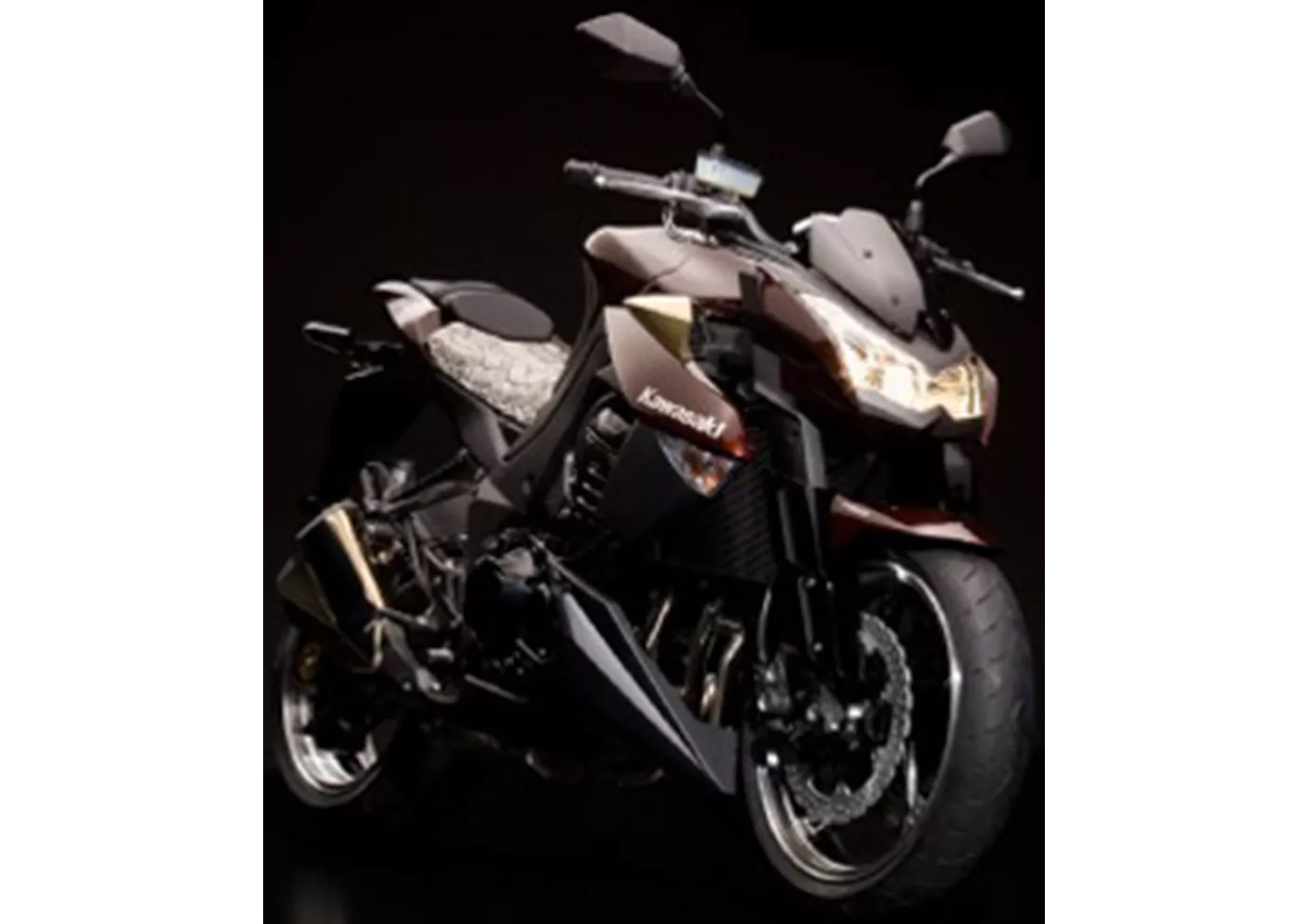
Si certaines donnaient une impression de noblesse au premier abord, les Japonais ont réussi à foutre en l'air toute la moto en montant une seule pièce rance (pot d'échappement, clignotant, bras oscillant, fourche,...). Kawasaki lance la Z 1000 en 2010, toute neuve et toute sérieuse.
KTM 1290 Super Duke R 2020

Avec la nouvelle Superduke 1290 R, KTM a tout fait correctement. La position de conduite plus sportive qui résulte du nouveau cadre est parfaite pour les attaques rapides, le moteur n'a rien perdu de sa violence malgré l'Euro 5, mais il est aussi devenu plus raffiné en combinaison avec une électronique plus sensible.
Comparaison des prix Prix moyen du marché Kawasaki Z1000 vs KTM 1290 Super Duke R
There are a few key differences between a Kawasaki Z1000 2010 and a KTM 1290 Super Duke R 2020. It takes less time to sell a Kawasaki Z1000 with 65 days compared to 78 days for a KTM 1290 Super Duke R. Since model year 2005 1000PS.de editors have written 41 reviews for the Kawasaki Z1000 and 65 reviews for the KTM 1290 Super Duke R since model year 2013. The first review for the Kawasaki Z1000 was published on 9/2/2002 and now has more than 5,800 views. This compares to more than 4,900 views for the first review on KTM 1290 Super Duke R published on 11/8/2012.
